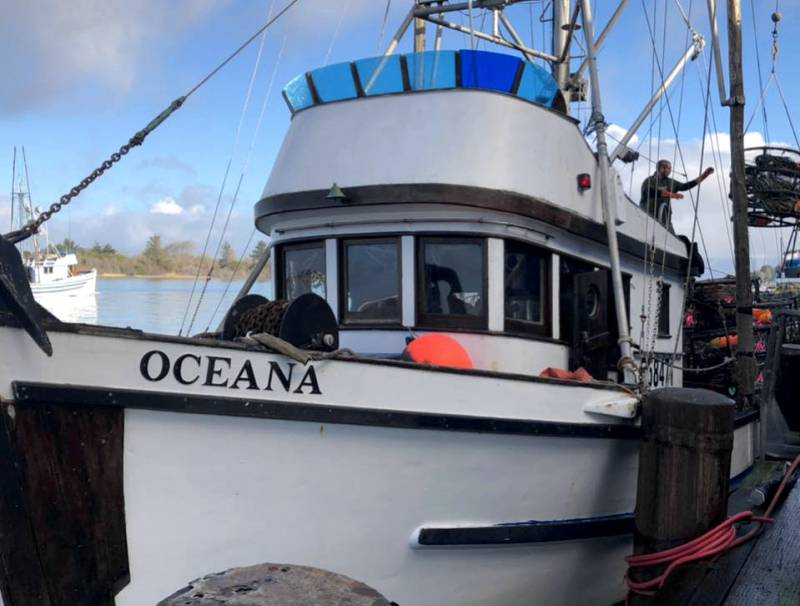Kenny Belov has co-owned and operated Fish., a waterfront seafood restaurant in Sausalito, for 16 years. He says that menus at restaurants like his aren’t designed for takeout; customers want fish cooked and served to them fresh.
“It’s a hard ask for people to spend a lot of money on really high- quality ingredients prepared well and have all of that stuff thrown in a box,” Belov said.
As a result, many seafood spots are doing a fraction of their usual business, or they’re shutting down. Belov has had to furlough 42 of his restaurant’s workers. He says his wholesale business, which supplies about 250 restaurants throughout the Bay Area, has been hit hard, too.
Trying to Adapt
With a skeleton staff, Belov has revamped a limited menu at Fish that’s tailored for takeout.
“We’ve had a little bit of success,” Belov said. “Not enough to justify expenses, but definitely enough to justify opening the door. And also just for our guests’ sake, to give them a place to come get nutritious food and be able to take it home. We feel it’s important for our community that has been supportive to us for 16 years.”
Ibach has had to adapt too. Along with the drop in restaurant orders, he says the export market has dried up, and suppliers who normally buy fish to freeze don’t want to stockpile a product they have no demand for.
“As we watch these markets literally disappear overnight, we’re terrified,” he said. “We’re scared to lose everything.”
Ibach, who has a wife and two young children, says he has gotten creative in response. He recently started to sell fish directly off his boat, the 42-foot Oceana, at Woodley Island, and his wife put up a Facebook page to help bring in business.
A 12-hour fishing trip on a recent Friday brought in rockfish, lingcod and crab that attracted a lot of customers.
“We actually had a huge line that lasted all day until we pretty much sold out of everything,” Ibach said. He’s hoping the off-the-boat sales, along with the coronavirus relief funds he’s applied for, will be enough to hold him over until the pandemic passes.

